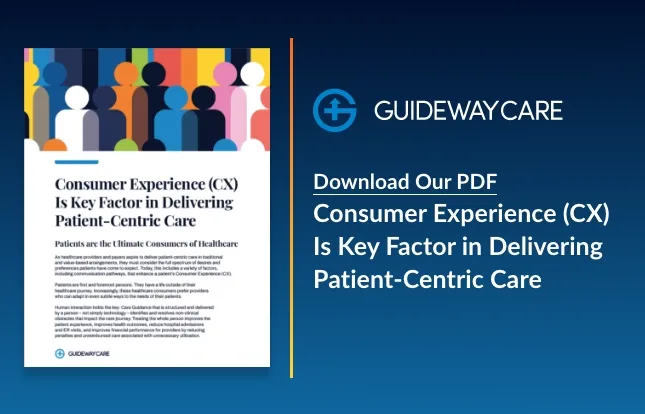What is the Oncology Care Model & How Does It work?
The Enhancing Oncology Model (EOM) initiative from the Centers for Medicare and Medicaid Services (CMS) to improve care quality, reduce costs, and provide better outcomes for cancer patients receiving treatment. This 5-year voluntary oncology care model will begin on July 1, 2023, and will improve quality, access, and value across the oncology care continuum.
OCM 2.0 is an updated version of the Oncology Care Model, which was first launched in 2016. and Created by the Community Oncology Alliance (COA) in June 2019, OCM 2.0 will continue to focus on improving quality care and outcomes for cancer patients by incentivizing better care coordination among providers.
Read more: What is OCM 2.0?
EOM aims to ensure that patients receive timely diagnosis and treatment while decreasing the cost of care by improving patient outcomes.
Read on to learn about the strategies and initiatives for EOM, what it means for patient care and how the model works.
How Does EOM Work?
Patient health and care are the top priorities of EOM. The system provides data-driven, value-based care emphasizing quality and cost efficiency. Under this model, providers receive targeted support in patient navigation, clinical decision support, communication, workflow optimization, and population health management.
EOM is designed to improve access to care, patient outcomes, and overall care experience. It also encourages the use of evidence-based practice guidelines for cancer treatment, helping to reduce costs and improve the quality of care. In addition, EOM helps to monitor a patient’s progress over time, allowing providers to identify any potential problems or gaps in care early on.
Goals and Benefits of EOM
Healthcare providers participating in the EOM are eligible to receive incentive payments based on the quality of care they provide. They benefit from a range of other services designed to help them deliver high-quality cancer care. These services include:
• Access to data analytics that can be used to identify areas for improvement.
• Coaching and training healthcare providers on best practices for providing cancer care.
• Strategic partnerships with other healthcare providers, such as hospitals and pharmacies, to help coordinate patient care.
• Increased patient support through enhanced access to resources like clinical trials, symptom management programs, and financial assistance.
• The potential for improved financial performance due to increased efficiency and reduced costs associated with providing high-quality cancer care.
The elements of EOM include:
a) Put the patient at the center of care by providing patient-centered services and access to resources to help them manage their cancer journey.
b) Utilize data analytics to gain insights into the quality of care provided and identify improvement areas.
c) Develop strategic partnerships with other healthcare providers, such as hospitals and pharmacies, to coordinate patient care.
d) Provide physicians with ongoing education and training on best practices for delivering cancer care.
e) Improve financial performance through increased efficiency and reduced costs associated with providing high-quality cancer care.
f) Enhance patient support by increasing access to resources like clinical trials, symptom management programs, and financial assistance.
Contact Guideway Care for implementing the latest oncology care model. EOM is the most comprehensive Oncology Care Model available, designed to ensure patients have access to the highest quality of cancer care. The model aims to improve the clinical outcomes for cancer patients by improving communication between providers, reducing delays in treatment, and providing timely access to services.
Contact Us Today To Learn How We Can Help
"*" indicates required fields




